
Mircea Eliade, Newgrange and the regeneration of time
In 'The Myth of the Eternal Return",Mircea Eliade writes about rites and beliefs from disparate traditions (e.g. Egyptian, Hebrew, Iranian, Babylonian, North American Indian, etc) concerning the "regeneration of time", especially with regard to the year, the new year and cosmogony. Anthony Murphy discusses some parallels with the mythology of Síd in Broga (Newgrange).
I acquired an old ex-library copy of Mircea Eliade's book The Myth of the Eternal Return recently on AbeBooks.co.uk. I came upon his very interesting chapter, Year, New Year, Cosmogony and as I read about the rituals and beliefs around so-called "new year festivals" from different traditions, it struck me that there were, in fact, some similarities with some of the myths of Newgrange and that this was a subject worthy of further discussion.
I was particularly interested in the "new year" ceremonies and an associated "cult of the dead", and the widespread belief in the idea that the deceased come back to their families at the time of a new year season which is generally placed during the twelve days between Christmas and Epiphany or at the time of winter solstice.

Eliade writes: "At this point let us note that the beliefs, held almost everywhere, according to which the dead return to their families (and often return as "living dead") at the New Year season (during the twelve days between Christmas and Epiphany) signify the hope that the abolition of time is possible at this mythical moment, in which the world is destroyed and re-created. The dead can come back now, for all barriers between the dead and the living are broken (is not primordial chaos reactualized?), and they will come back because at this paradoxical instant time will be suspended, hence they can again be contemporaries of the living."
The tradition in Ireland, of course, is that the spirits of the dead can re-emerge into this, mortal, world at Samhain, which is an old cross-quarter calendar date marking the beginning of winter and which is situated in the calendar approximately six weeks before winter solstice. (See more about Samhain on my old blog site here). Notwithstanding this tradition associated with Samhain, I wondered whether the "new year" beliefs – ie ritual practices associated with winter solstice – might have been incorporated into rituals at Síd in Broga (Newgrange) by its original builders. There is no way, of course, to determine this, but a perfunctory exploration of the subject suggests interesting possibilities.
Eliade (whose book was published in 1954) says that in many cultures, there was an attempt with these "new year" ceremonies at regeneration, which implies a "new birth". The annual expulsion of sins, diseases and demons is, he suggests, an atttempt to restore "mythical and primordial time" – in other words, the time of the instant of creation. "Every New Year is a resumption of time from the beginning", i.e. "a repetition of the cosmogony".
Fascinatingly, one component of the cosmogony is the victory of a divinity over a "marine monster" (who, Eliade says, is the incarnation of chaos). For instance, in the Babylonian creation myth, the god Marduk defeats the sea monster or "she-dragon" Tiamat, and cuts her into two, making the sky from one half and the earth from the other. In the Old Testament, Yahweh is victorious over the sea monster, Rahab, a symbol of chaos.

"The slaying of the monster Rahab and the victory over the waters (signifying the organisation of the world) were equivalent to the creation of the cosmos and at the same time to the "salvation" of man (victory over "death", guarantee of food for the coming year, and so on)."(1)
Fascinatingly, at Newgrange, the chief deity Dagda is credited with the destruction of a hundred-legged, four-headed monster called the Mata. Dagda is often described as a solar deity, and he "performed miracles and saw to the weather and the harvest...".(2) Mata was a huge beast who licked up the Boyne river until it became a dry river valley. There are separate and distinct renditions of the story in the Dindshenchas. In one, the beast Mata swims in a great sea covering the land where the monuments are located. The sea is called Muirthemne, meaning "the land covered by the sea" or something similar. Dagda defeated the Mata with his "club of anger", causing the sea to recede. In another rendition, the men of Ireland break the limbs of the beast at a mysterious stone upon Newgrange (Síd in Broga) called Lecc Benn. They dismember the monster and throw its limbs into the Boyne, several of its parts later forming landscape features. (For much more on the Dagda and the Mata, see this page)
Eliade says that the victory over the waters signifies the establishment of "stable forms, i.e. the Creation". Mata's shinbone forms the Boyne estuary, and its breast or ribcage forms the ford of Áth Cliath (Dublin). Eliade further states that traces of the ancient scenario of the combat and victory of the divinity over the marine monster can be discerned in the Jewish ceremonial of the New Year. I wonder whether the myth about Dagda's defeat of the monster might at one time have been significant to the celebration of the turning of the year at Newgrange, where, on the shortest days of the year, the monument's stone chamber receives a beam of light from the rising winter solstice sun, shining through a narrow aperture and piercing a 19-metre-long stone corridor.
In many traditions, there were 12 "intermediate days" between the old year and the new. During the 12 corresponding nights, "the dead come in procession to visit their families". At Newgrange, the builders brought the cremated and uncremated bones of their dead into the chamber and placed them there, perhaps in the hope that they would be restored to life beyond this mortal plane, in some otherworld glimpsed occasionally by the druids or shamans.
Eliade says this is also the time of initiations, "one of whose essential elements is the extinction and rekindling of fire". In particular, there is the lighting of the "new fire" which is an important part of such ceremonies. Did the builders of Newgrange see the piercing of the monument by the warm glow of the midwinter sun as a moment when the old fire died and the new fire was kindled?

This is certainly hinted at in myth, where we read, in De Gabáil in t-Sída (the Taking of the Otherworld Mounds) that Dagda's son, Oengus Óg, tricks his father out of onwership of the Brug – the young, newborn "sun" replacing the old, dying sun, perhaps.
The structure of the new year ceremonies, says Eliade, supposes a death and a resurrection – "a new birth, a new man". Oengus was conceived at Newgrange when Dagda entered the monument while the sun was made to stand still in the sky (solstice, when the sun's rising position does not change for several days) to mate with the female goddess Bóinn.(3)
It would be impossible to find a more appropriate frame for the initiation rituals than the twelve nights when the past year vanishes to give place to another year, another era: that is, to the period when, through the reactualisation of the Creation, the world in effect begins.(4)
After further thought, it became apparent to me that a version of Oengus's taking of Newgrange in Tochmarc Étaín (The Wooing of Étaín) might possess elements of an initiation rite. Oengus is told by his father, Dagda, to go to Síd in Broga at Samhain and to threaten Elcmar (who is the owner of Newgrange in this thread of myth). The youngster successfully banishes Elcmar from the monument and becomes its new owner. Presumably, in order to do so the youngster has to enter the darkness of the "cave", where the bones of the ancestors are scattered around, and to perhaps stay there to endure not only the darkness, but whatever visions might manifest while he is removed from the sense world.
Was Oengus initiated?
This is a subject to which I will return.
Footnotes
(1) Eliade (1989) p. 60.
(2) Gantz (1981), p. 39.
(4) Eliade (1989), p. 69.
Bibliography
Cotterell, Arthur (1979), A Dictionary of World Mythology, Windward.
Eliade, Mircea (1989) [1954], The Myth of the Eternal Return: Cosmos and history, Arkana.
Gantz, Jeffrey (1981), Early Irish Myths and Sagas, Penguin Classics.

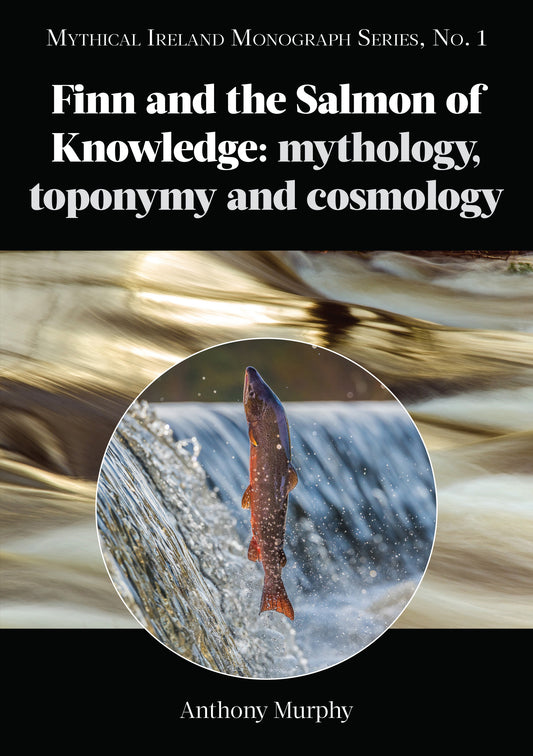
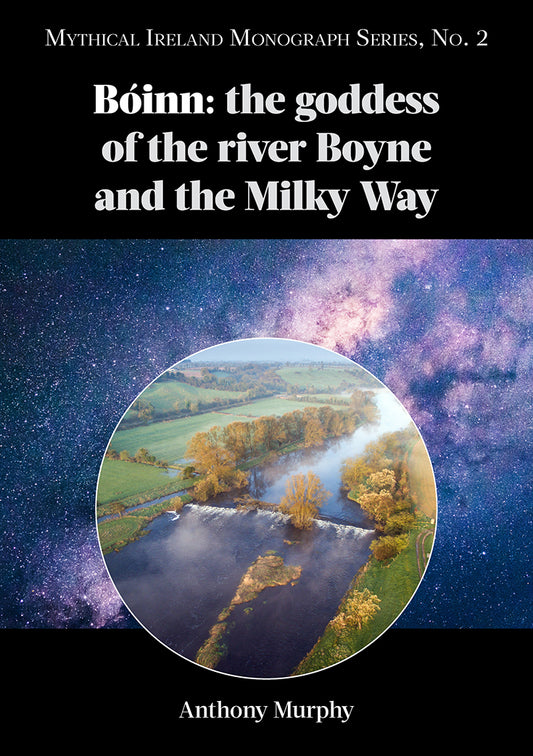
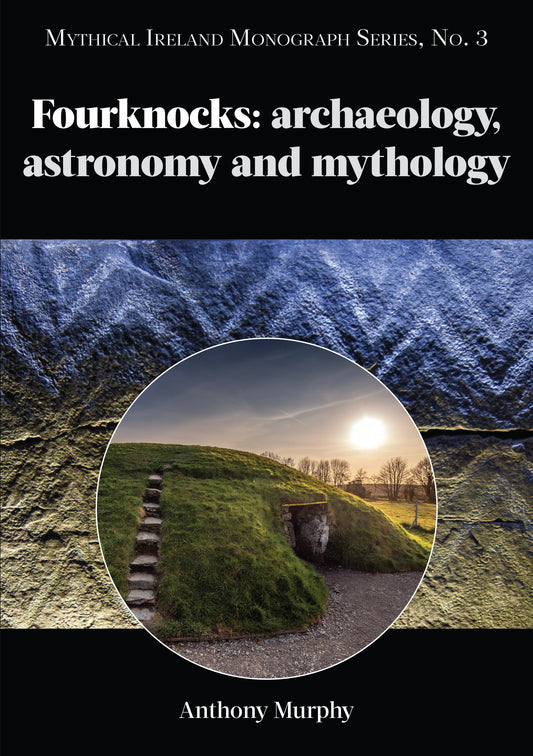
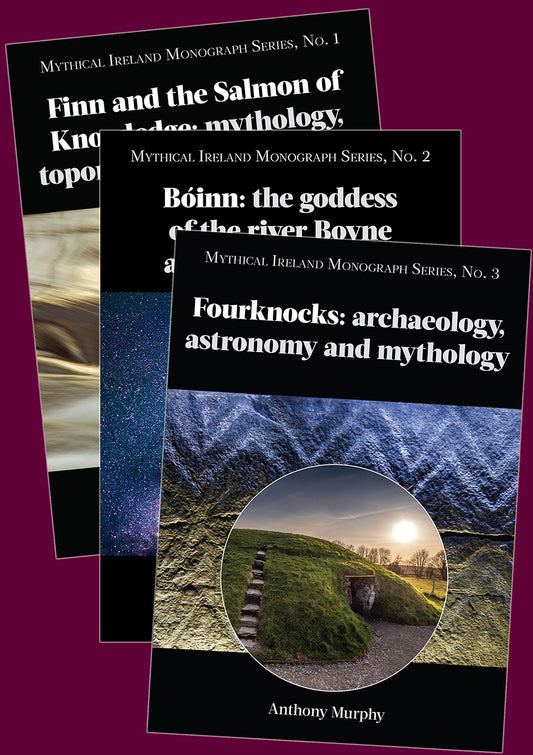
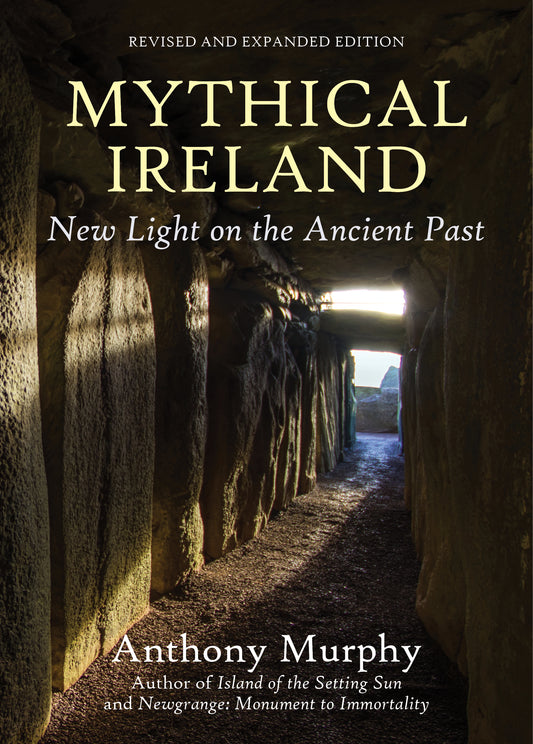
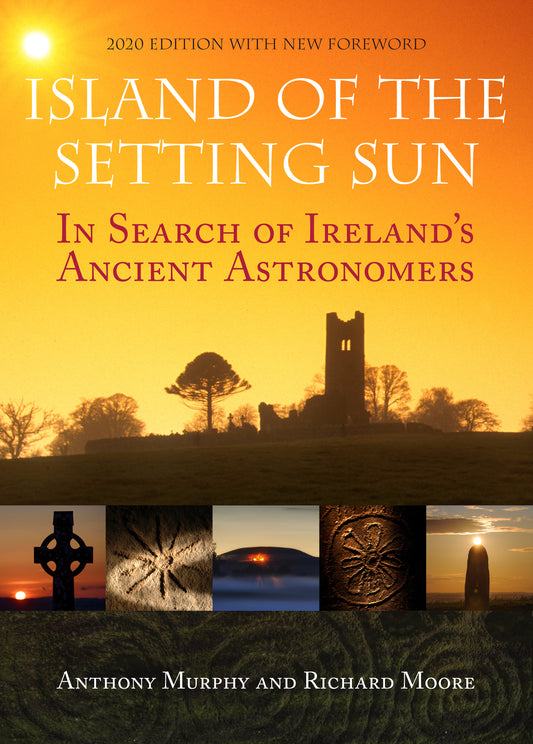
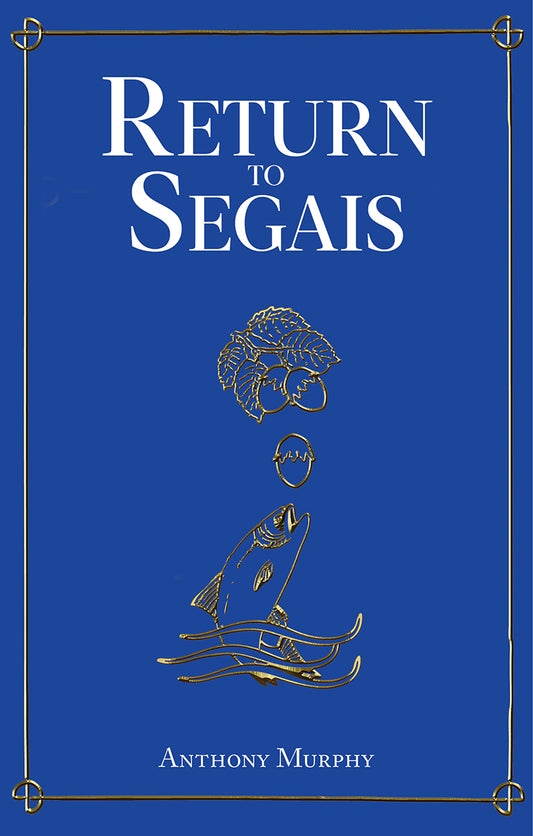
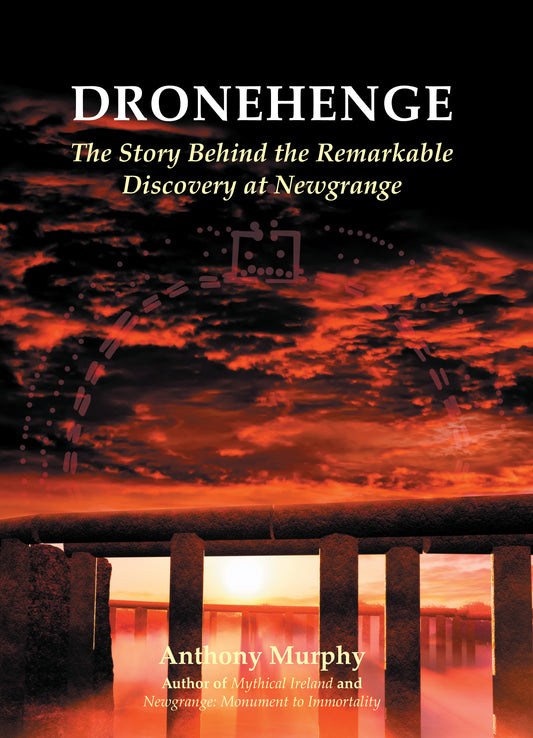
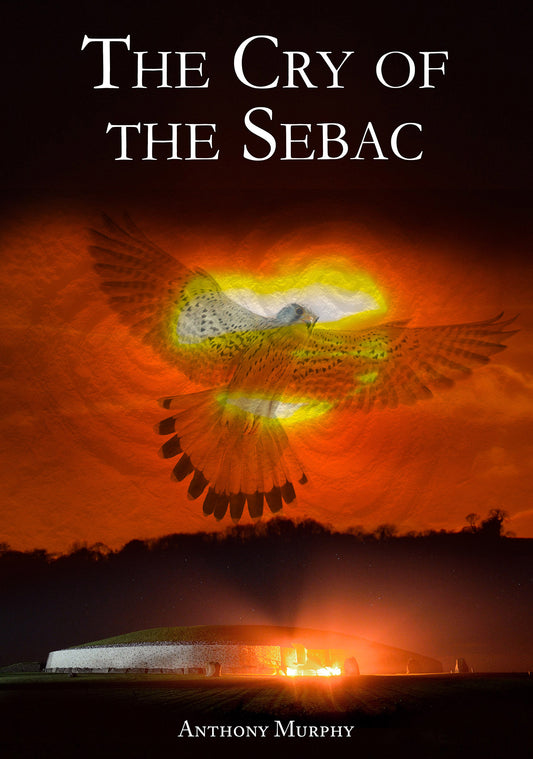
1 comment
Anthony,
You continue to amaze us with your research, the depth and breadth of your knowledge! Thank you for sharing. And a Happy New Year to you, my friend!